Calculations pipeline
Visual3D Expert BuilderPipeline Unit 2 Chapter 3: Calculations pipeline Performing a series of calculations is a perfect example of why […]
Visual3D Expert BuilderPipeline Unit 2 Chapter 3: Calculations pipeline Performing a series of calculations is a perfect example of why […]
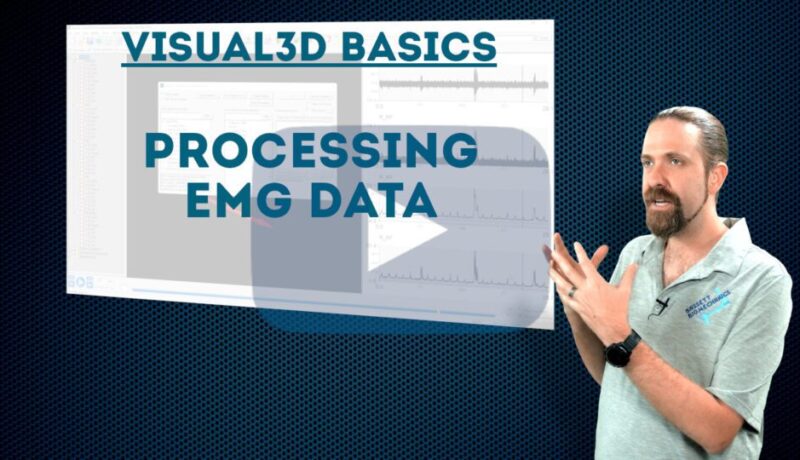
Electromyography, or EMG, is also quite common to find among the hardware found in biomechanics labs. However, learning how to use EMG data is not always covered. In this chapter, we show an example of processing steps that could be performed on EMG data.
Visual3D BasicsUnit 8:Working with analog data Chapter 4: Processing EMG data Electromyography, or EMG, is also quite common to find […]
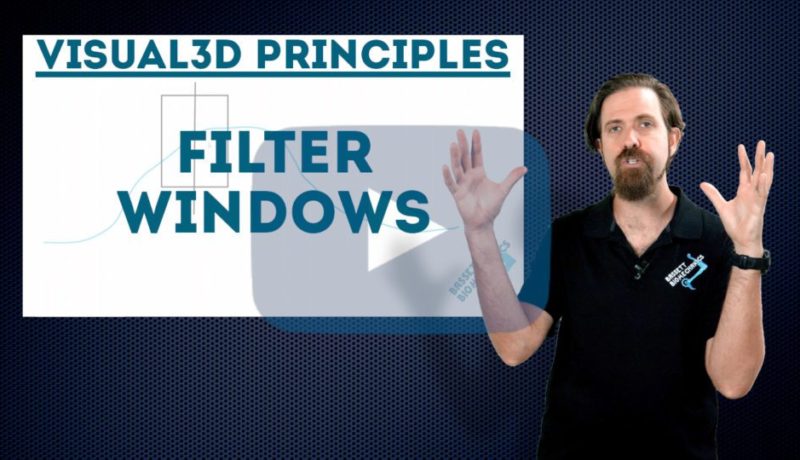
Filters on your data as applied in a number of different ways. One common method is to use a specific section of data for each frame, this is called a filter window. In this tutorial, we explain what a filter window is and advantages and disadvantages of the size you set it to.
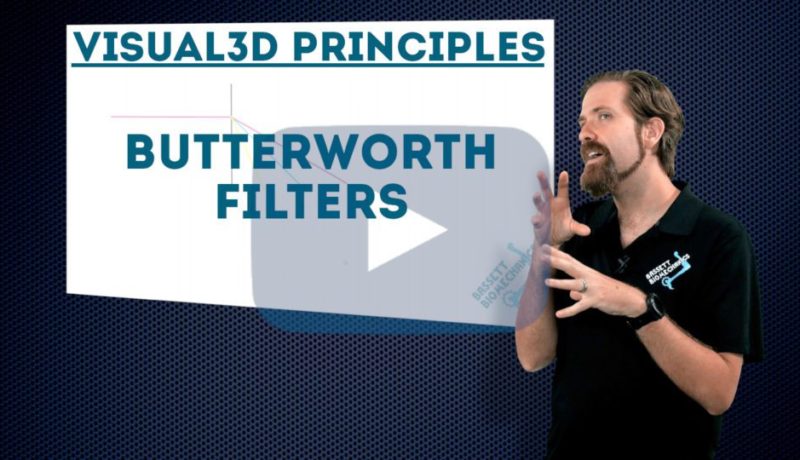
One of the most common ways to process your data in biomechanics is to use a Butterworth filter. Before you apply one using the pipeline command, you should know what the filter is actually doing to your data. In this tutorial, we talk about the theory of how Butterworth designed this filter and the effect it has on the frequency response in the passband.
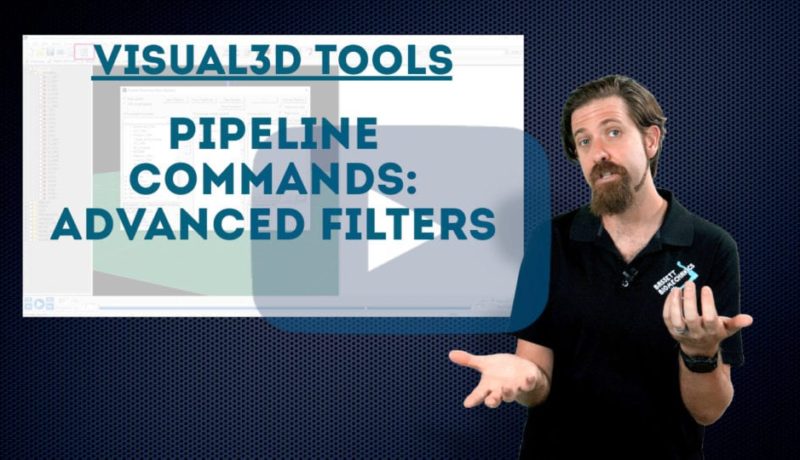
Within Visual3D, since you can automate your data processing, there are many options of filters. In this tutorial, we show you some of the more advanced options by highlighting the DFT filter, Teager Kaiser Energy, FFT, Bin Integrate, and GVCSPL pipeline commands.

Although Butterworth filters are very common within biomechanics, there are other ways to smooth your data in Visual3D. In this tutorial, we focus on three types of filters that use windows. Covering average, RMS, and median filters, we show you how to apply these commands from the pipeline.

Butterworth filters are one of the most commonly used and robust filters to processing biomechanics data. In this tutorial, we explore the methods available in Visual3D to use Butterworth filters, from single-pass to high-order with full customizability for both high-pass and low-pass versions.

Working with EMG data, you will most likely encounter the need to use a Linear Envelope. In this tutorial, we explain what this type of data processing is doing to your signals.
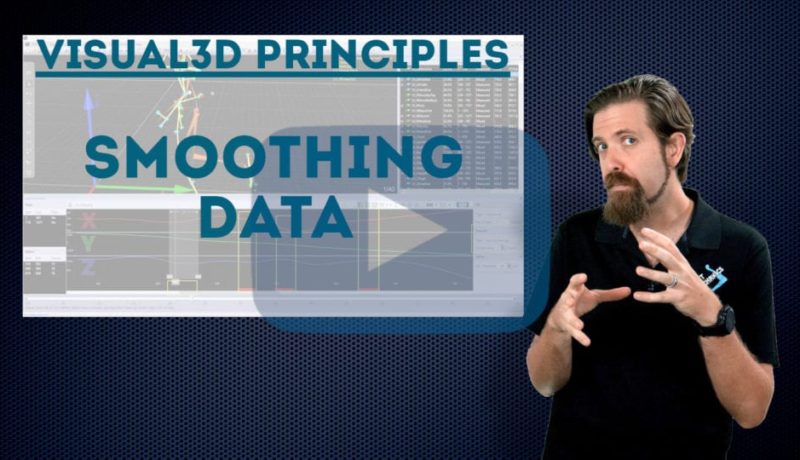
Smoothing data can be necessary as part of your processing workflow. This tutorial discusses some options for smoothing your motion capture data before you export it to C3D format. Moving average and Butterworth filters are both valid options that could be employed, and we go over the differences between them.